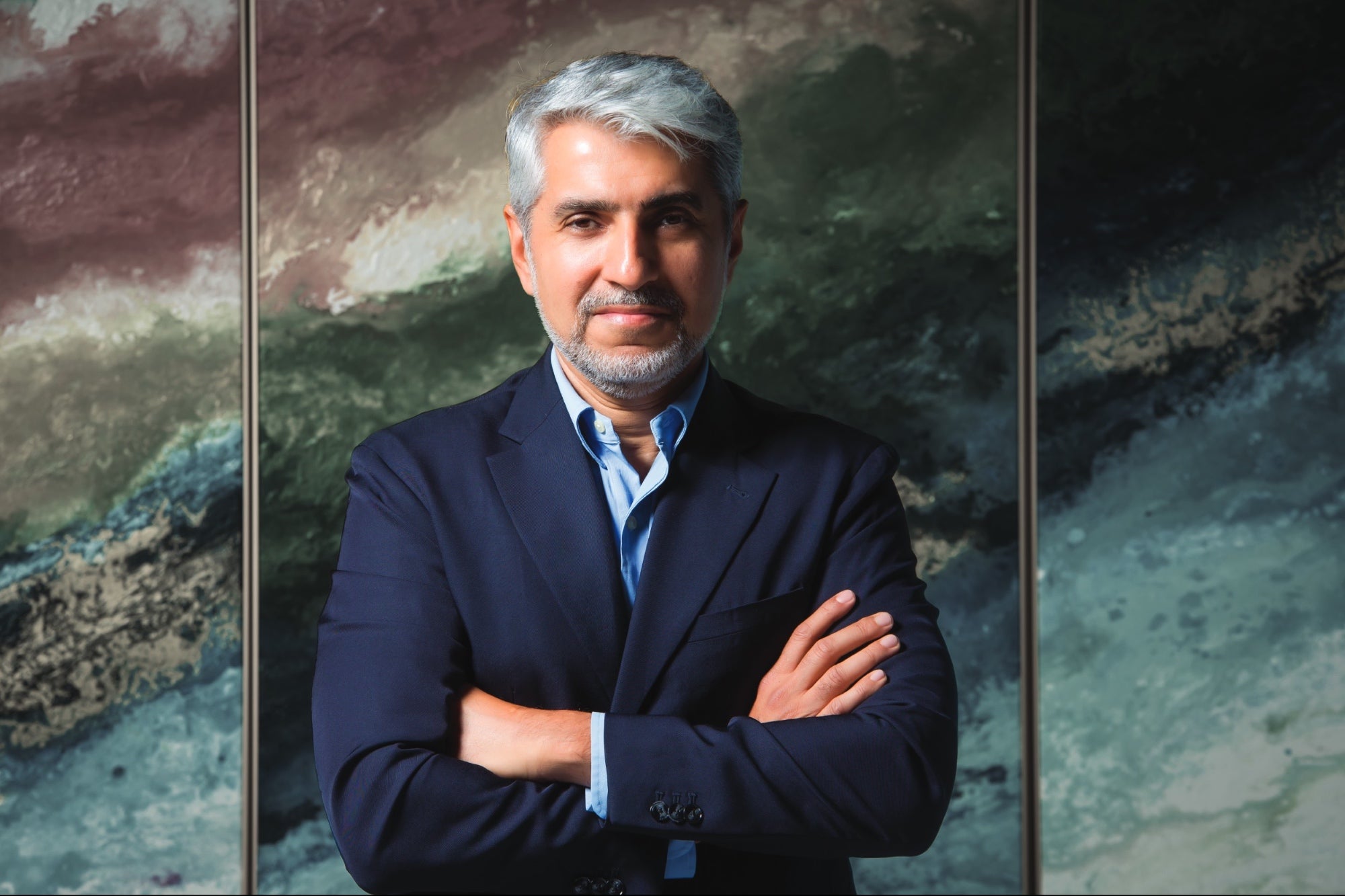Unlocking Potential: How the Australia-UAE CEPA is Set to Introduce New Avenues for Real Estate Investment Insights from Lawrence Paulraj, founder and CEO of Sydney-based LP Constructions Group.
You're reading Entrepreneur Middle East, an international franchise of Entrepreneur Media.

The signing of the Comprehensive Economic Partnership Agreement (CEPA) between Australia and the UAE is all set to bolster the robust and multifaceted relationship the two nations have built over the years.
The agreement introduces broad tariff reductions, improved trade facilitation measures, commitments to services liberalization, digital trade regulations, and access to government procurement opportunities. It also emphasizes investment, driving expanded capital flows between the two nations. These are expected to be achieved through an Investment Facilitation Chapter (a separate Agreement on the Promotion and Protection of Investments) and five Memoranda of Understanding (MOUs) that aim to strengthen collaborations in industries such as data centers, artificial intelligence (AI), food and agriculture, green energy, infrastructure, and minerals.
The impact of these provisions would be substantial, as it would build upon an already strong foundation. Bilateral investment between Australia and the UAE was valued at AU$20.6 billion (US$13.43 billion) as of 2023. Projections indicate further growth as CEPA comes into full effect.
Lawrence Paulraj, founder and CEO of LP Constructions Group, a Sydney-based property development firm, sees enormous potential for UAE investors to take advantage of the agreement's provisions. As such, he believes CEPA creates fresh opportunities in Australia's high-end real estate sector, which continues to experience tremendous growth.
Paulraj adds that within this context, real estate is one of the most promising sectors for UAE investors. Australia's residential property market has been resilient, even if the global economy has consistently fluctuated. The total value of the nation's housing market surged to AU$11.032 trillion by the end of 2024, reflecting continued demand and price appreciation.
The CEO shares that in Australia, urban centers have seen intensified demand for housing. Population growth, a preference for city-center living, and a focus on sustainable and eco-friendly residential developments have fueled it. Immigration is still a significant driver of housing demand, boosting property values in major metropolitan areas.
Paulraj has also seen low interest rates (which have made borrowing more accessible) encourage more buyers to enter the market while attracting foreign investment. Given these trends, he sees a clear path for UAE investors to capitalize on a market offering stability, high demand, and substantial long-term appreciation.
LP Constructions Group has a noteworthy role in this space. It offers investment opportunities in Sydney's most desirable markets: the Northern Beaches and the Eastern Suburbs. The former's pristine coastal environment and strong appeal among affluent buyers present a limited-supply market where property values have shown consistent appreciation. Similarly, the Northern Beaches and Eastern Suburbs are still in demand from local and international buyers. These suburbs ensure a high gross realized value (GRV) driven by the proximity of the airport, CBD, and waterside living. These areas witness properties that retain their value and offer above-average returns on investment (ROI).
Potential investors can benefit from LP Construction's two primary investment structures: a fixed-interest debt model and an equity-based profit-sharing model. The debt investment structure guarantees an annual return of 10-12%. Meanwhile, the equity investment model provides profit participation within 12-18%. This dual-layered approach allows investors to choose between lower-risk, stable returns and higher-yield opportunities tied to market appreciation.
In addition, LP Constructions enhances investor security by implementing a first mortgage security structure, giving investors a protected legal right to assets. All investor funds are held in trust accounts and managed under stringent financial governance.
The firm's business model can maximize profitability and maintain high construction standards. LP Constructions is able to sustain strong margins across various project types, with a diversified offering encompassing property development, construction services, project management, and real estate sales.
Ultimately, Australia's housing market shows no signs of stopping, Paulraj notes. The investment potential for foreign capital—especially from the UAE—is evident. CEPA's investment protections and incentives further entice those interested to enter a real estate market that offers long-term appreciation and stable returns. Lawrence Paulraj stresses that by partnering with experienced developers like LP Constructions, investors can confidently navigate the Australian market.










